More than 2,000 buildings sustained damage

Losses from the Turkish earthquake have been estimated at $55-$170m by catastrophe modelling firm AIR Worldwide.
The magnitude 7.2 earthquake struck eastern Turkey on Sunday near the city of Van and at least 400 aftershocks above magnitude 3.0 have been reported in total, with the strongest registering M 6.0. The Van earthquake is the largest to strike Turkey since the 1999 magnitude 7.2 Duzce earthquake, which killed more than 1,000 people and caused significant structural damage.
Unlike urban centres in western Turkey, where construction is dominated by reinforced concrete, the majority of buildings in Van province are unreinforced masonry, according to the Kandilli Observatory and Earthquake Research Institute. In the worst affected Ercis area, roughly a quarter are reinforced concrete, which better withstand earthquake ground motion although fraction of buildings can be classified as more vulnerable adobe and rubble stone.
According to the Disaster and Emergency Management Agency of Turkey as of October 24, more than 2,000 buildings have sustained damage ranging from moderate to complete.
Based on current damage reports, the Kandilli Observatory and Earthquake Engineering Institute estimates that 3% of the buildings in the province were damaged beyond repair by Sunday’s quake.
Although a national earthquake insurance pool was established in Turkey in 2000 and participation is mandatory for all general insurance and reinsurance companies, earthquake insurance penetration is still generally low. Insurance penetration in the areas of eastern Turkey affected by Sunday’s earthquake is estimated at roughly 8%.





























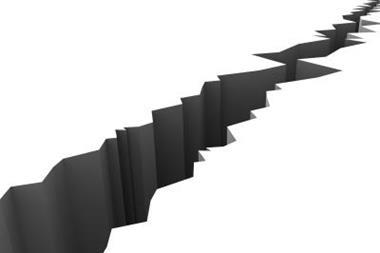
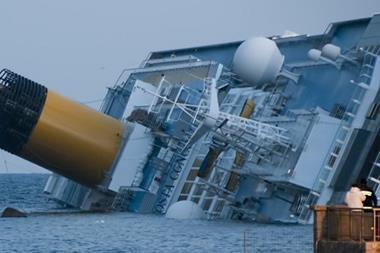
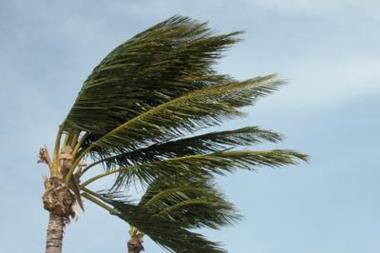
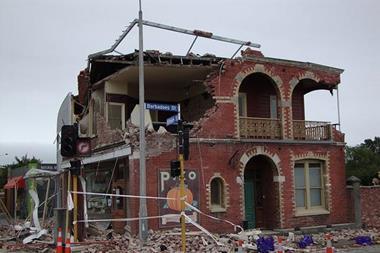

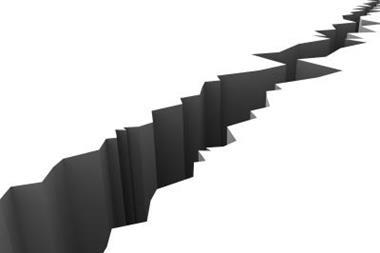



No comments yet